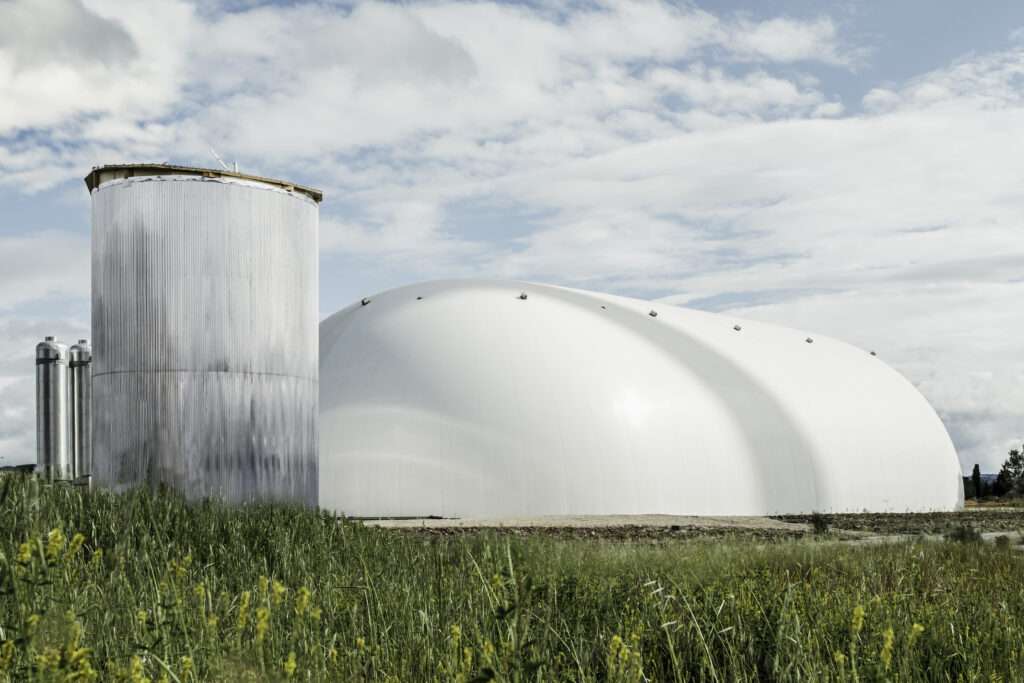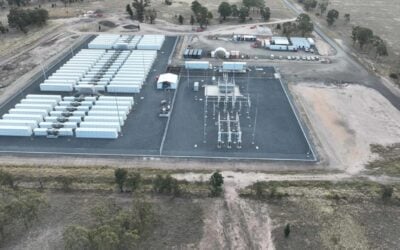
Italian startup Energy Dome has launched the first demonstrator project of its carbon dioxide-based energy storage solution, a 4MWh system in Sardinia, Italy, while also revealing Series B plans.
The 2.5MW/4MWh CO2 Battery facility is now fully operational after an initial phase of operations to test its performance. Construction started just over a year ago, as reported by Energy-Storage.news, and involved a team of experts in turbomachinery, process engineering and energy.
The company’s technology uses a thermodynamic cycle to store and dispatch energy with a 4-24 hour duration. It ‘charges’ by drawing carbon dioxide from a large atmospheric gasholder (the Dome) and storing it under pressure at an ambient temperature, and dispatches by evaporating and expanding the gas into a turbine to generate electricity and return it back to the Dome.
Energy Dome was founded by technologist and entrepreneur Claudio Spadacini and incorporated three years ago. Following an US$11 million Series A in December its VC backers include 360 Capital, Barclays, Novum Capital Partners and Third Derivative, and the company is now planning to launch a Series B round, it has revealed.
Try Premium for just $1
- Full premium access for the first month at only $1
- Converts to an annual rate after 30 days unless cancelled
- Cancel anytime during the trial period
Premium Benefits
- Expert industry analysis and interviews
- Digital access to PV Tech Power journal
- Exclusive event discounts
Or get the full Premium subscription right away
Or continue reading this article for free
The Milan-based startup will use its Series A money to bring a larger, 20MW/100MWh project to life. That project is being done in partnership with utility A2A which participated in the fundraise.
Energy Dome also recently scored a global licencing agreement with Italian power engineering firm Ansaldo Energia. The agreement allows Ansaldo to commercialise Energy Dome’s technology in its core markets where it has a historic commercial presence.
The company says its technology has an energy storage density 10-20 times higher than other compressed air energy storage (CAES) solutions and two-thirds that of liquid air energy storage (LAES). However, Energy Dome points out that its solution does not require the cryogenic temperatures of LAES which can increase system complexity and competitiveness, it claims.
Other companies offering solutions around compressed gas include Corre Energy, which raised €20 million last year for its green hydrogen production and compressed air energy storage solution and contributed a guest blog on Energy-Storage.news just yesterday.
Canada-based Hydrostor just landed a large 1,500MWh project in a city in Australia which will use its A-CAES technology (advanced CAES). It’s advanced claim derives from an alternative to fossil fuel pre-heating, greater round-trip efficiency than conventional CAES, and an easier siting and construction process.





